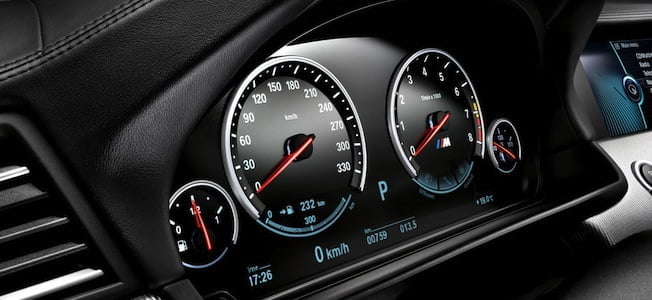That’s the tyre size you’ve quoted rather than the wheel size.
To understand if you’ll have any fitment issues, you‘ll need the spec details of the wheels. From the size of the tyres, we know the wheels are 17 diameter, but you also need;
- PCD (bolt pattern) and centre bore size to ensure they’ll bolt on to the car’s hub assemblies.
- wheel width (the ‘J’ size). As the tyres are different widths for the front and back, the rear wheels may also be wider than the fronts (i.e. a staggered set up).
- Offset; if the offset is quite aggressive, there’s an increased risk of rubbing / clearance issues, especially with the larger tyre sizes you’ve quoted. You’d also get a speedo reading error as the overall rolling radius will be larger than with your existing wheel / tyre set up.
If you use a calculator like the one on
www.willtheyfit.com and input details of both your existing and new wheel / tyre set up, it’ll calculate the important numbers for you (e.g. changes in tuck, poke and % speedo reading error).
Bear in mind fitting different wheels is a modification for insurance purposes so you’d need to inform your insurer. Depending on how mod-friendly your insurer is, they may alter your premium.




